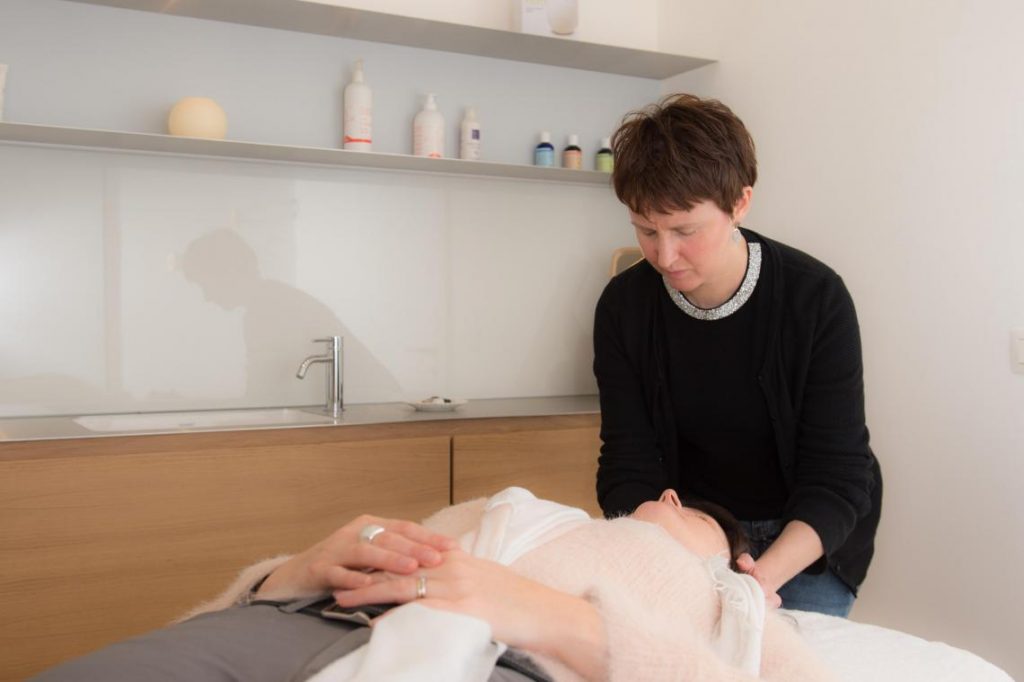France’s Organisation for Blind and Partially Sighted Students (Groupement des Intellectuels Aveugles ou Amblyopes or GIAA) has marked World Braille Day (4 January) with the launch of a range of instructive anatomical 3D models.
The new range of models, developed in partnership with the Dassault Systèmes Foundation, will help train some of France’s 1.7 million blind and visually impaired to practise massage therapy as a profession.

Massage Therapy as a profession for the visually impaired
Education for the 6000 blind and severely visually impaired students in France is limited, with estimates suggesting that only 2% of academic is available in braille or other alternate formats.
The professions of massage therapy and physiotherapy have been championed for their accessibility to visually impaired students, since practitioners almost solely require use of the sense of touch. Consequently, visually impaired people constitute around 2,000 of France’s 85,000 registered massage physiotherapy practitioners.
However, when it comes to understanding the anatomy and physiology behind massage therapy, the GIAA found that tactile teaching resources for the blind and visually impaired were woefully limited.

Increasing accessibility for the visually impaired
With the support of the Dassault Systèmes Foundation, an offshoot of 3D software company Dassault Systèmes that provides funding for research and educational initiatives, the GIAA has seat up a library of anatomical 3D printed models.
GIAA project director Pierre Vassal noted that 3D printing made the models “reproducible in large numbers at a low cost.”
Thibault de Tersant, Dassault Systèmes Foundation president commented that “access to 3D modelling and virtual universes promotes the emergence of innovative learning and novel solutions.”
The 3D printed models may include reproductions of complex anatomical parts which would otherwise be difficult to convey to a blind student, or diagrams designed in relief to convey regular information. Also planned for the project is a set of braille annotations or an audio commentary for the models.
“Thanks to 3D modeling and printing, visually impaired students can understand, for example, the complexity of a knee and thus understand how it works.”
“They learn better, faster and strengthen their professional skills.” concluded de Tersant, who selected GIAA as one of five recipients of a Dassault Systèmes Foundation grant.
With a trial underway, GIAA aims to eventually make the 3D printed model library available to a wider range of visually impaired students, especially those studying for a place at France’s competitive grades écoles. “Our approach is both innovative and of general interest to the extent that it could be extended to other areas of education,” said Vassal.
OwnFone, Deutsche Bahn, University of Wisconsin have previously used 3D printing to facilitate access to education, culture and technology for the blind and visually impaired.
Nominations for the second annual 3D Printing Industry Awards are now open. Make your selections now.
For more stories on 3D printing and disabilities outreach subscribe to our free 3D Printing Industry newsletter, follow us on Twitter, and like us on Facebook.
Featured image shows a prototype spine 3D printed by GIAA and supported by Dassault Systèmes.

